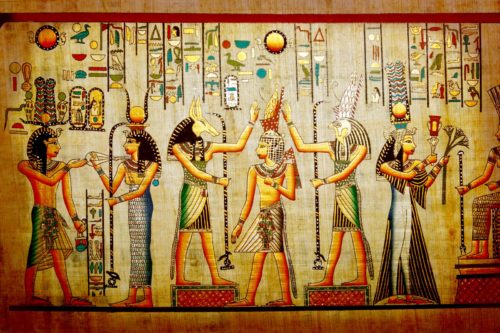
The Oceania region places placenta in great importance as the nations in Oceania have many aborigines there. In New Zealand, the Māori word for placenta, whenua, also means land. The ancient practice of burying the placenta, whenua ki te whenua, reflects the Māori philosophical view that the placenta, like the land, provides physical, emotional, spiritual and intellectual nourishment and furnishes all the needs of humanity.
Placentas are traditionally buried in the tribal lands of the baby, as a symbol of them taking their place within the collective identity of the tribal nation. Some Māori dislocated from their tribal territories are making their way back to re-affirm their familial connections in old homesteads and sacred places. Some plant a tree on top to mark the spot. Others bury them in a quiet corner in their urban garden, or bury them in a potted plant where they disintegrate into the soil. These rites are a simple but important re-assertion of cultural identity.
Some aboriginal tribes bury the placenta under an ant pit for the green ants. Many believe that when the green ants eat the placenta no more babies will come or at least not for a while.
In Samoa, the placenta must be totally burned or buried so it will not be found by evil spirits. Burying or burning it at home also ensures the child will remain close to home as it moves through life. If buried under a fruit tree, the placenta provides nutrition for the tree that in turn will provide years of nutrition for the child.

Recent Comments